What Is WiFi 7? Comparison with Previous Generations [Detailed]
Wifi 7 has already emerged as the next generation of wifi and continues to make remarkable technological advances. What is wifi 7? What new features and benefits does wifi 7 have? An overview below of wifi 7 will help you fully understand.
.jpg)
WiFi 7 explained
Introduction to Wifi 7
WiFi 7 is the next potential wireless network version is expected, known by the technical title IEEE 802.11be. This indicates an addition to the original 802.11 WiFi standard.
What is WiFi? It is a wireless protocol allowing devices to transmit and receive data via an Internet connection using frequency waves.
What kind of wave is WiFi? Two frequency waves are available, 2.4 GHz and 5 GHz, depending on the amount of transmitted data.
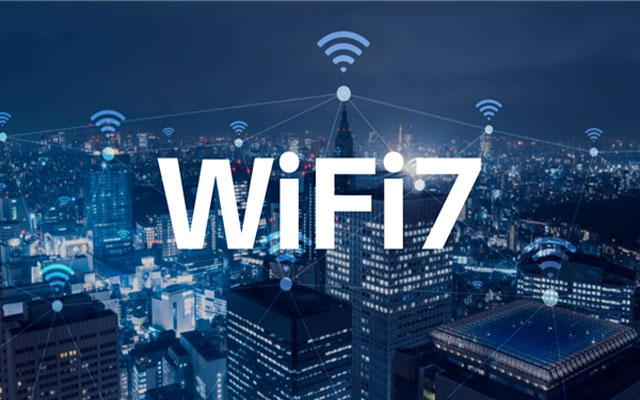
What is wifi 7?
How does WiFi 7 work?
The three bands that Wi-Fi 7 uses are still 2.4GHz, 5GHz, and 6GHz, the same as WiFi 6E. So why is Wi-Fi 7 such an improvement?
The key is to use wider channels. The 6-GHz band's channel capacity is doubled by Wi-Fi 7, increasing from 160MHz to 320MHz.
Multi-Link Operation (MLO) is Wi-Fi 7's other major advancement. Wi-Fi 6 and 6E allowed devices to connect to several bands simultaneously, although only one band could be used at a time.
Meanwhile, Wi-Fi 7 devices may connect to two bands concurrently thanks to MLO. Not only does this lead to increased dependability and ultra-low latency, but it also produces quicker speeds.
.jpg)
How WiFi 7 works
Related:
Wifi 7 Features
Large Bandwidth
To achieve a maximum throughput of 30Gbps, wifi 7 supports the 6GHz frequency band and extends new bandwidth modes (up to 320MHz).
Backward Compatibility
The wifi 7 provides backward compatibility with devices in the 2.4GHz, 5GHz, and 6GHz bands. This means users don't need a whole new device or hardware to connect to a router that supports wifi 7.
Multi-Link Mechanism
Wifi 7 also provides MultiLink operation (MLO). Load balancing and aggregation combine multiple channels at different frequencies for incredible performance.
This means that wifi 7 routers can use all available bands and channels to speed up connections and avoid heavily interfering bands.
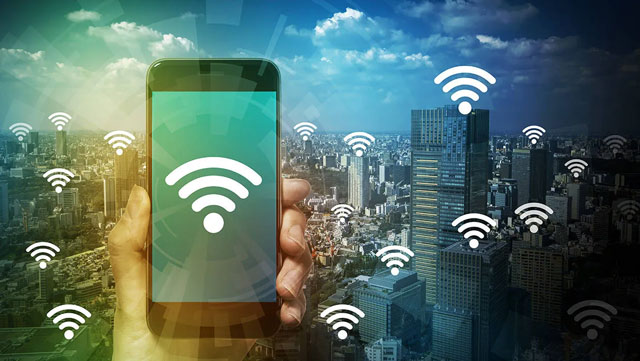
Wifi 7 provides the superior features
Higher-Order 4096-QAM
Wifi 7 also features 4096 quadrature amplitude modulation (QAM technology) to increase the number of data per hertz.
Lower Latency
The Draft WiFi7 specification aims to increase the reliability and reduce the latency of time-sensitive networks or TSNs required for cloud computing and gaming.
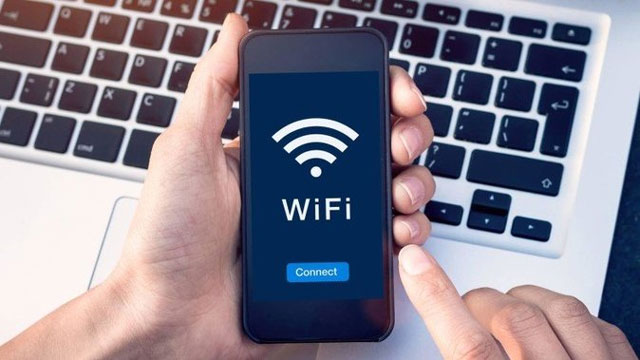
What are the features of wifi 7
Wifi 7 Benefits
Supersonic Speed
Wifi 7 standard will be possible to connect more devices to the network without interfering with the superior data speed. You will see this important benefit through a wifi speed test with an available wifi 7 next time.
High Throughput
In addition to supersonic speeds, wifi 7 also offers high throughput. This technology enables applications to achieve high data rates in real-time.
This is especially important for augmented reality, virtual reality, games, and telecommuting services.
Multiple Device Connection
The total bandwidth of wifi 7 ranges from 6 to 7 channels, which speeds up data exchange between different devices on the network. Another advantage here is connecting more devices without affecting the transmission speed.

What are the benefits of wifi 7
WiFi 7 vs Previous Generations
While WiFi 6 did offer 37% higher speeds, the impact was not as great as WiFi 5's 10-fold rate rise. The initial goal of the WiFi 6 project was efficiency improvements rather than higher data speeds, which explained the discrepancy.
Conversely, WiFi 7 is built for a generation of increased throughput.
With a throughput 480% higher than previous generations, WiFi 7 achieves incredible throughput gains. A WiFi 7 router gives your entire house access to the newest internet experiences because of its backward compatibility.
Look at this table for more details:
|
WiFi 7 |
WiFi 6E |
WiFi 6 |
WiFi 5 |
|
|
IEEE standard |
802.11be |
802.11ax |
802.11ax |
802.11ac |
|
Max data rate |
46 Gbps |
9.6 Gbps |
9.6 Gbps |
3.5 Gbps |
|
Bands |
2.4 GHz, 5 GHz, 6 GHz |
2.4 GHz, 5 GHz, 6 GHz |
2.4 GHz, 5 GHz |
5 GHz |
|
Channel size |
Up to 320 MHz |
20, 40, 80, 80+80, 160 MHz |
20, 40, 80, 80+80, 160 MHz |
20, 40, 80, 80+80, 160 MHz |
|
Modulation |
4096-QAM OFDMA (with extensions) |
1024-QAM sOFDMA |
1024-QAM OFDMA |
256-QAM OFDM |
|
MIMO |
16×16 UL/DL MU-MIMO |
8×8 UL/DL MU-MIMO |
8×8 UL/DL MU-MIMO |
4×4 MIMO DL MIMO |
|
RU |
Multi-RUs |
RU |
RU |
/ |
|
MAC |
MLO |
/ |
/ |
/ |
Conclusion
You’ve learned more about what is wifi 7 and how superior it is to advance the Internet network.
Wifi 7 continues to expand wifi availability, cost-effectively forwarding most wireless traffic in business, public, and private environments. It will also further improve the efficiency of using valuable network resources.
References:
https://www.electronicspecifier.com/news/analysis/wifi-7-the-next-generation-of-wifi-technology
https://www.pocket-lint.com/laptops/news/159792-what-is-wi-fi-7-and-why-should-you-care
https://www.dignited.com/89988/wifi-7/
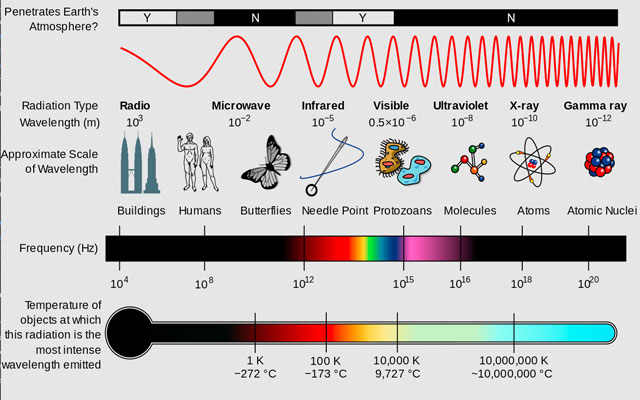
![What Is ATT Smart WiFi? Best Features and How to Use It [Explained]](https://gospeedcheck.com/filemanager/data-images/imgs/20240607/What%20is%20att%20smart%20wifi/what-is-att-smart-wifi%20(1).jpg)
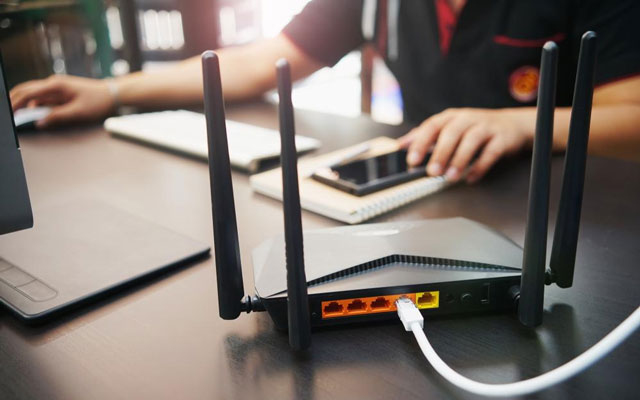
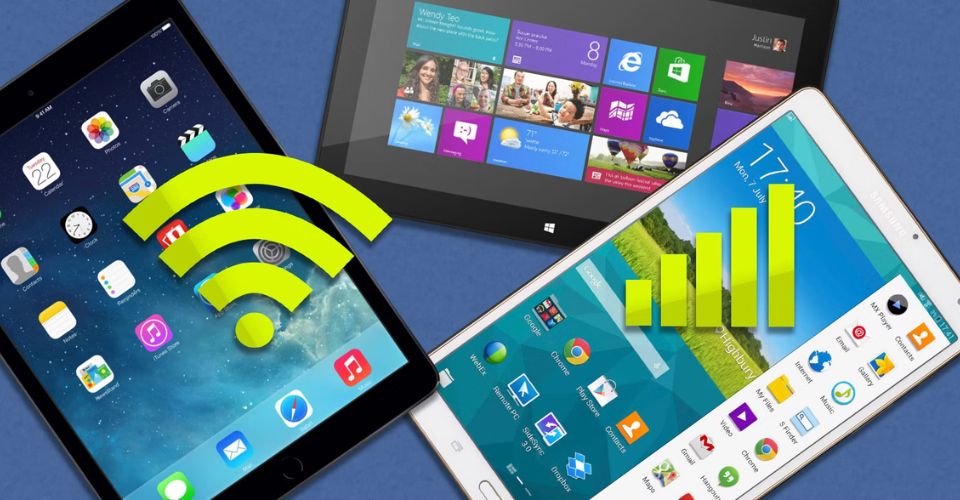



0 Comments
Leave a Comment
Your email address will not be published. Required fields are marked *